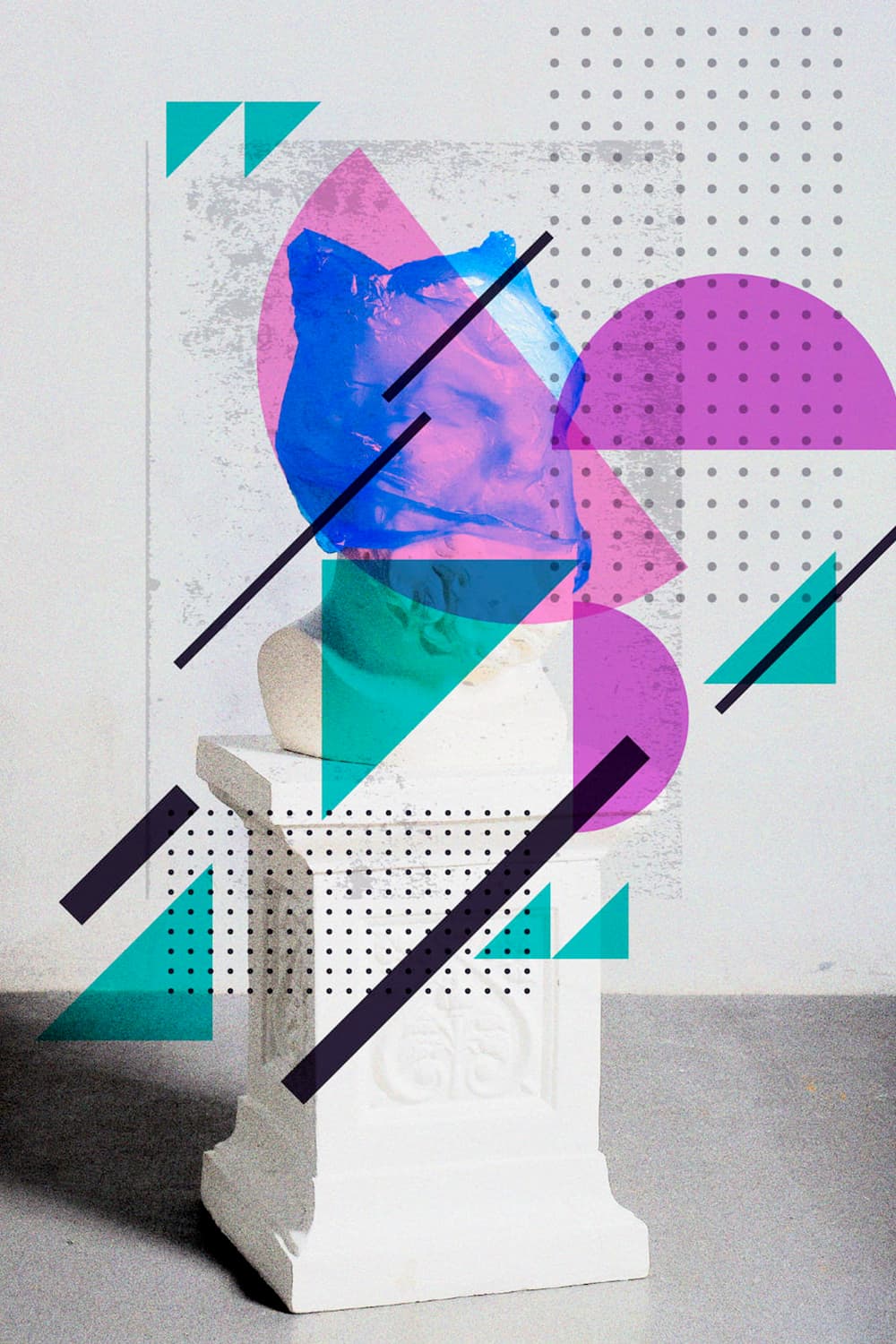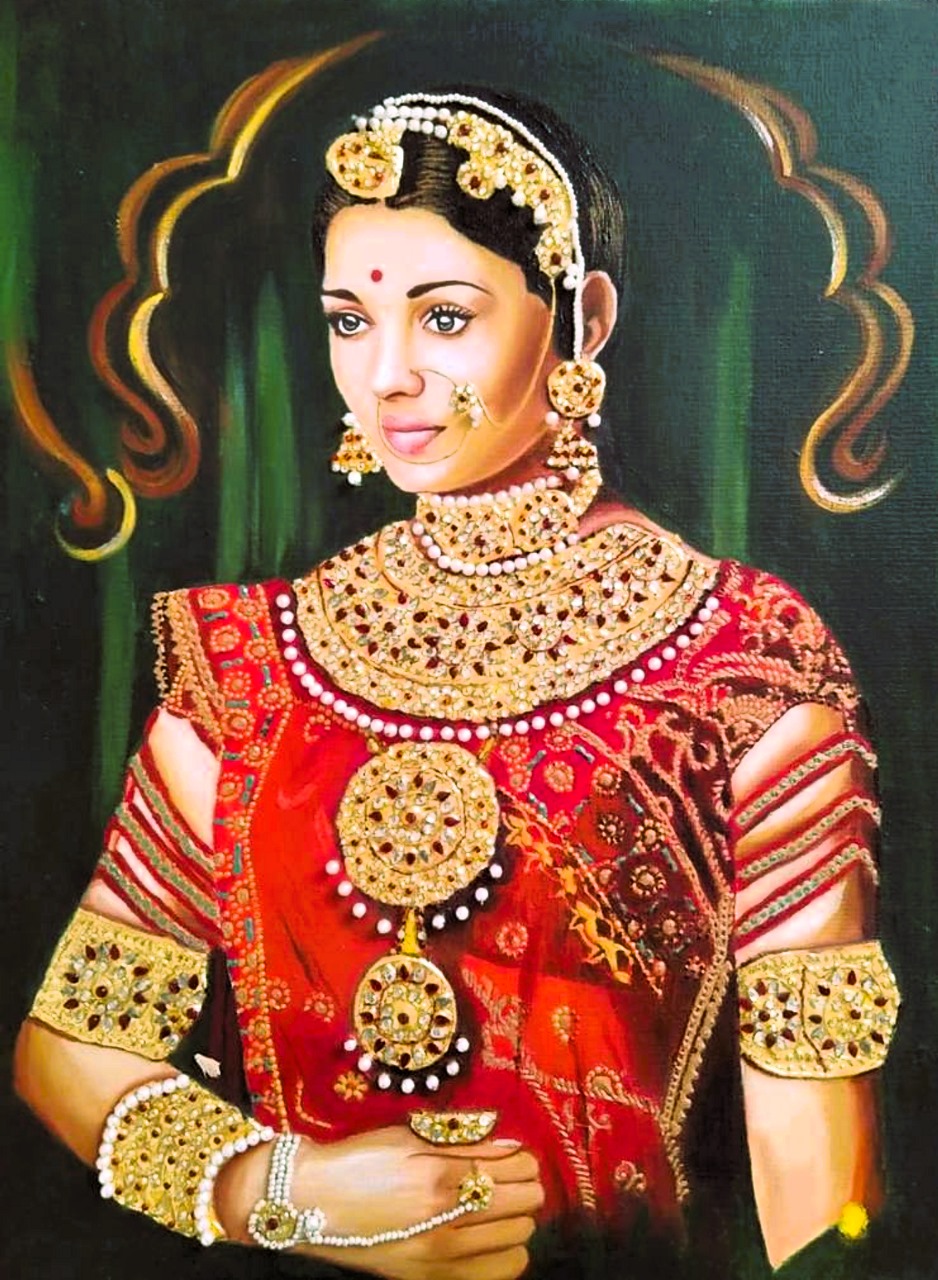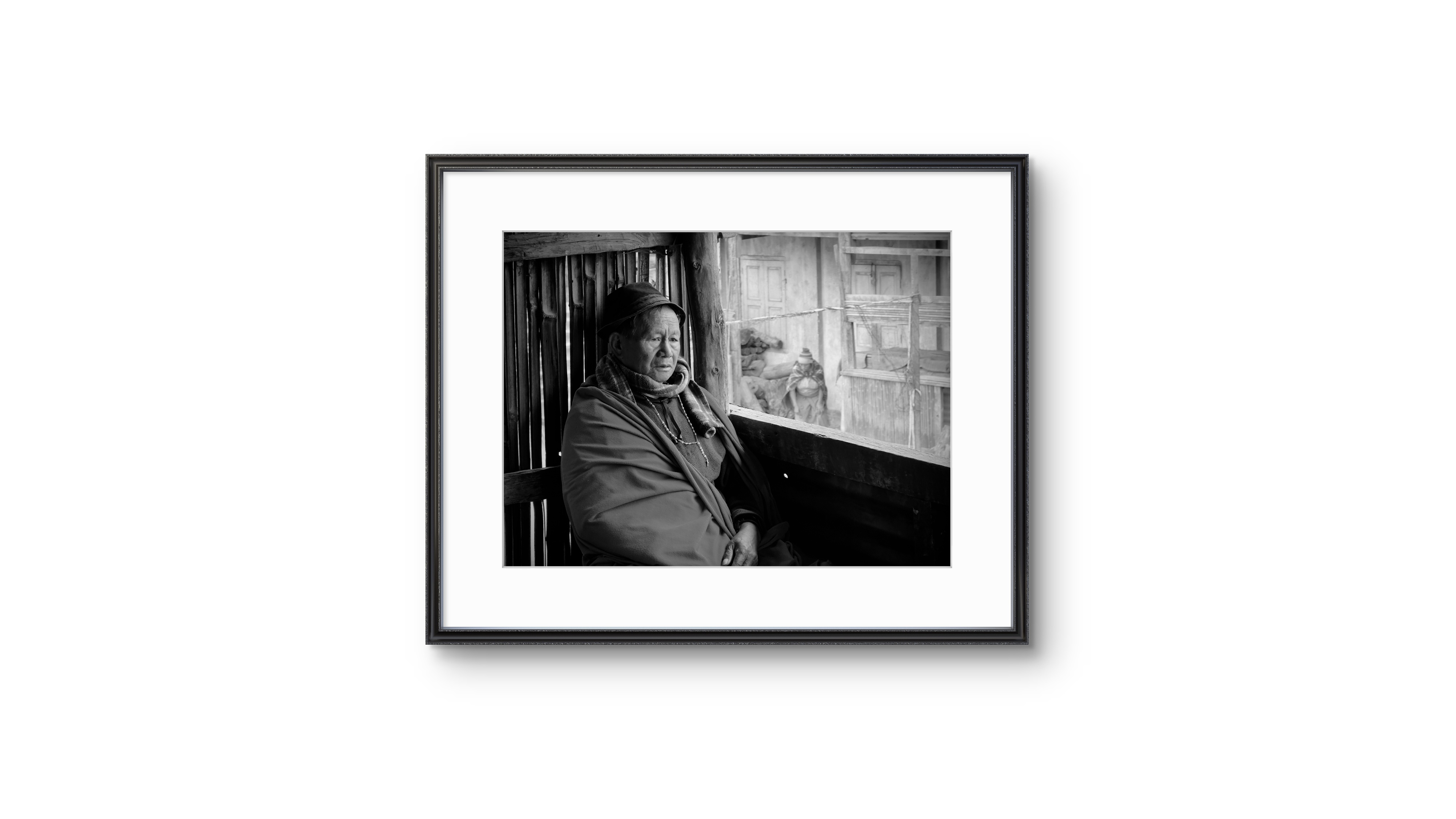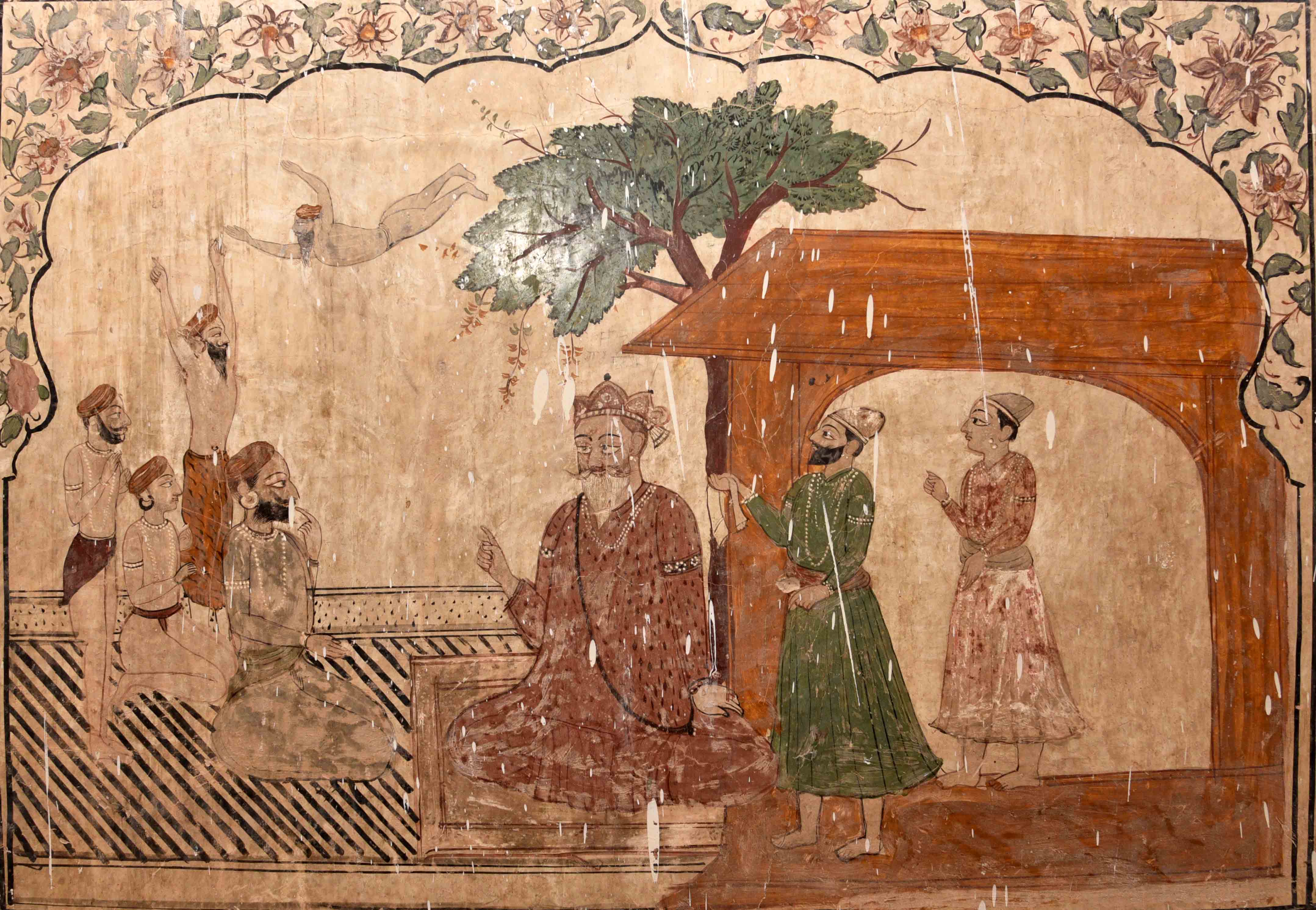The Lesser Mortal’s Guide to Art
.jpg)
The Lesser Mortal’s Guide to Art
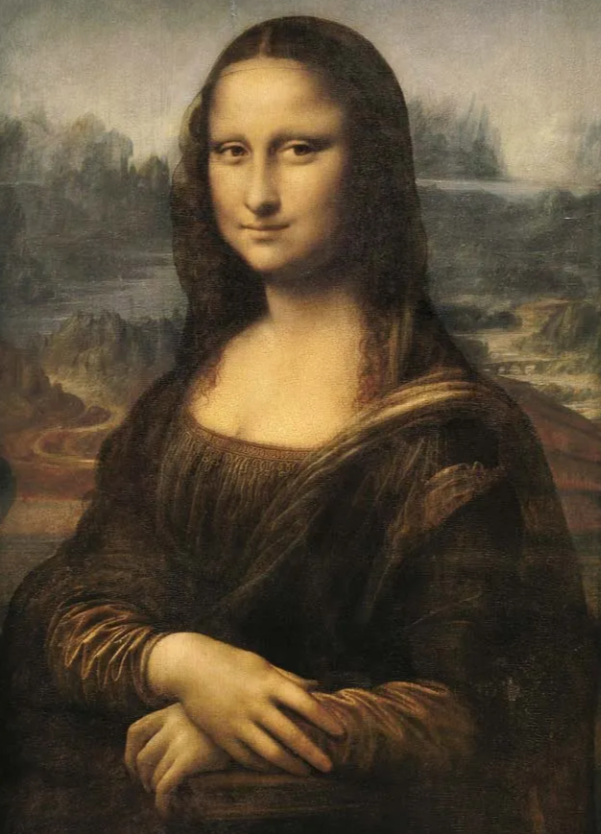
I sat on my desk looking at a fully-colored photograph in my textbook; the year was 2001. Fully colored photographs in textbooks meant someone was trying hard to convince us of the beauty of something. And yet I looked at the photo of a somewhat ordinary woman daintily placing her wrists atop each other letting her hands somewhat flail. It was a history textbook, and the chapter was called The Renaissance. Underneath that picture was written in tiny letters ‘Leonardo Da Vinci’s masterpiece, the Mona Lisa.’
I sat and wondered what was so worthy about this photograph that it was considered a renaissance masterpiece. To the mind of an eighth grader, she looked a bit like a man. Not only was I puerile but I was impudent too. Because the next day, during the reading of the chapter I got up and asked my teacher what it was that made the Mona Lisa such a venerated painting. She said it was ‘her smile’ with a look of disdain in her eyes, as if she was saying ‘what would you know about art, you peasant.’. After the class, I looked at her many times, trying to assign meaning to her smile. Was she smiling in a mysterious way? She certainly did not look genuinely smiling. It looked like the smile of an aunt, who had seen me do something stupid at a family gathering and was smirking on the inside about how her son was so better than me. Or was that the smile of an older woman who wanted to say ‘come hither’? I finally gave up, told myself that the smile was mysterious indeed and if the art gods say it is a worthy painting, then it definitely is.
Little did I know that with that resignation, I had relegated myself as an art peasant, a luddite of sorts. My mind wasn’t meant to comprehend art. It was a pedestrian brain, better applied to machinations of the simpletons - like accounts or finance. I too, walked on the path of the suited guy, telling myself I am better off making money than making art. And thereafter there were the art gods, who wore linens and lived on Mount Olympus as the gifted ones, and then there were us - the mortals who lived on land, wore suits and had to build their own mansions. My ego had taken over any curiosity let alone beauty. I wasn’t going to give it a second thought.
—-
I sat on a desk, hazy eyed, there was yet another book opened in front of me. The year was 2021. It was as if the richness of existence had started to escape my mind. Colors did not seem bright enough. Water did not seem wet enough. Light was not bright enough. I would eventually come to know that my condition was called Dysthymia.
In that book was yet another drawing, not drawn, but a card inserted as a bookmark. That card had a painting, drawn in broad flattened strokes, a scene of a bench on a wet pavement. It was in a park and bright lights, fused with the darkness of the sky. It was as if Van Gogh’s Starry Night had been rather confined to something rectilinear over and over again. For a fleeting moment I felt the bright colors of that painting. I felt the lights, the dark night sky, the wet path. And in that fleeting moment I felt the damp air because it had just rained. I felt the occasional drop on my shoulders as the water on them dripped. For a fleeting moment it was the 1930s, the city was Paris and the season was rainy. When I came back to 2021 and the whole thing became a card inserted in a book, I also met that kid from high school, full of wonder and curiosity, willing to call The Mona Lisa as ordinary.
Dysthymia is a persistent low grade depression. Its sufferers are like its spouses stuck in a marriage which has been dying of dread. It’s never bad enough that people can look and tell something is wrong with you. It is never good enough that its bearer can enjoy things. Dysthymics look and act as functional human beings, laughing at jokes while not feeling them, craving their favorite ice cream while not really enjoying the texture as the sweet, cold flavor of raspberries touches their tongues. And here I was, living while not feeling alive. But for this one fleeting moment I had found a texture, a whiff, a sensory pleasure that reminded me that there is joy in the world.
This had come at the hands of no DaVinci. It was a rather unknown guy, Leonid Afremov. Maybe the art world didn’t care about him. Maybe the Olympians did not deem him worthy enough to stay on their abode, having thrown him and his works back to earth, and his paintings landed as little printed cards in people’s books. And yet, I held it feeling wondrous. And it reminded me of the saying when I had asked my teacher to explain Mona Lisa’s speciality. Amongst the disdain was a statement ‘Art is what it evokes in us’.
And here it is, the painting that got me to feel the world again.
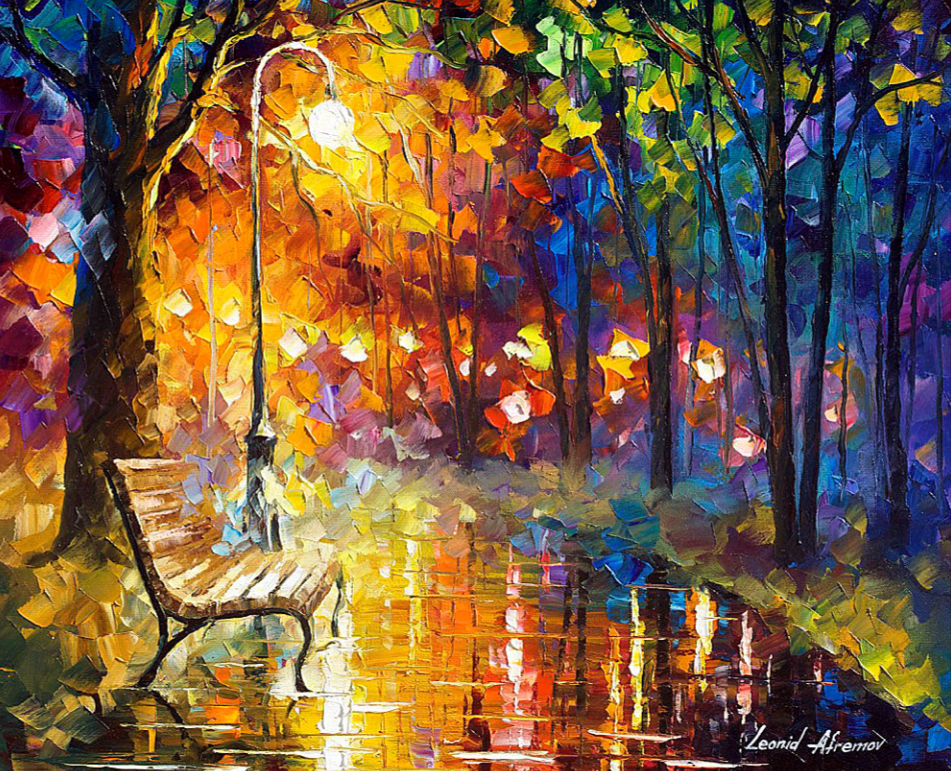
.jpeg)

.png)
